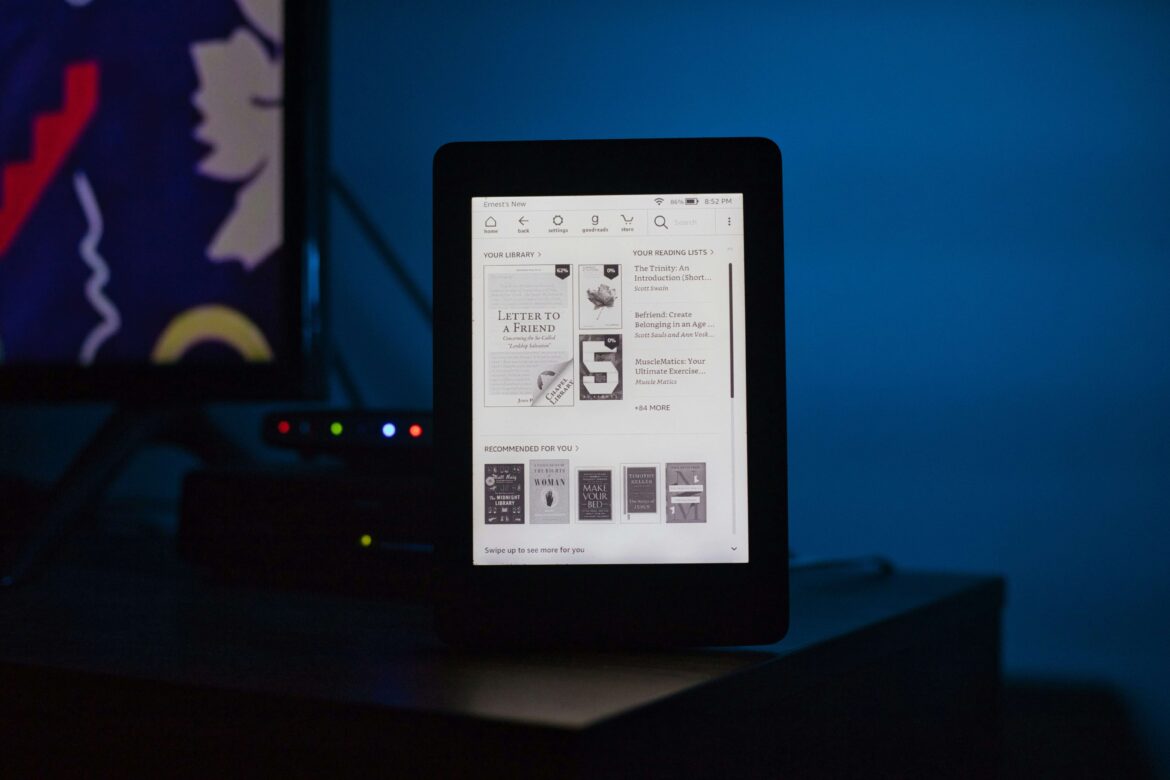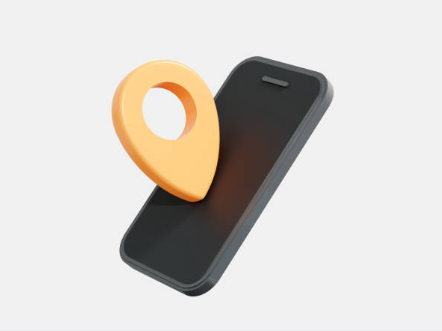Welcome to our comprehensive iPhone usage guide and user manual guideline, meticulously curated to assist both novice and experienced iPhone users. Discover the immense capabilities of your device, comprehend its diverse features, and elevate your iPhone experience with our all-encompassing user manual guide.
iOS User Guide for iPhone
The iOS User Guide for iPhone is an extensive manual that provides detailed instructions on how to utilize your iPhone. This comprehensive guide is what you need if you’re searching for a conventional manual.
Apple creates a new version of this guide with every major iOS update. You can find the available editions of the user guide below.
- iOS 17: Web
- iOS 16: Web | Apple Books
- iOS 15.5: Web | Apple Books
- iOS 14.7: Web | Apple Books
- iOS 13.6: Web | Apple Books
- iOS 12.3: Web | Apple Books
- iOS 11.4: Web | Apple Books
- iOS 10.3: Web | Apple Books
- iOS 9.3: Web | Apple Books
- iOS 8.4: PDF | Apple Books
- iOS 7.1: PDF | Apple Books
- iOS 6.1: PDF
- iOS 5.1: PDF
- iOS 4.2 and 4.3: PDF
- iOS 3.1: PDF
For comprehensive information, refer to the iOS guides to understand all the features and capabilities of your phone fully.
iPhone 15 Series
In September 2023, Apple launched the much-anticipated iPhone 15 series, which includes four models: iPhone 15, iPhone 15 Plus, iPhone 15 Pro, and iPhone 15 Pro Max. These models, similar to their predecessor, the iPhone 14, are available in two display sizes: 6.1-inch and 6.7-inch.
The iPhone 15 series is designed with a glass back to support wireless charging, and the edges are more rounded compared to previous models. The Pro and Pro Max models are built with titanium, while the 15 and 15 Plus models continue to feature an aluminum construction.
Powering the iPhone 15 series is the advanced A16 or A17 Bionic chip, and all models support 5G connectivity. The series also introduces USB-C support for the first time. The Pro models offer memory options up to 1TB. Another notable feature is the portrait mode, which can now be applied to existing images, not just new ones.
For a detailed overview of each model, click on the following links:
iPhone 14 Series
The iPhone 14 series, launched in September 2022, comprises of the iPhone 14, iPhone 14 Plus, iPhone 14 Pro, and iPhone 14 Pro Max. This series does not include a “mini” model, but offers 6.1-inch and 6.7-inch display sizes in the iPhone 14 variant.
The design elements of the iPhone 14 series are a mirror image of the iPhone 13 series, showcasing a glass back suitable for wireless charging, flat edges, and an aluminum frame. The new models inherit the iPhone 13’s display size, A15 Bionic Processor, and 5G connectivity. However, they are enhanced with a 5-core GPU, additional memory, satellite-supported Emergency SOS, Action Mode for camera footage stabilization, and a Photonic Engine that employs machine learning to overhaul the iPhone’s image-processing stack.
For more detailed information about each model in this series, please refer to the following guides:
For safety, warranty, and regulatory information, please refer to:
iPhone 13 Series
The iPhone 13 series, released in September 2021, consists of four distinct models: iPhone 13, iPhone 13 Mini, iPhone 13 Pro, and iPhone 13 Pro Max. Each model offers unique features and enhancements, including camera upgrades, additional storage, and an A15 Bionic Processor. They also exhibit new design elements, such as a smaller notch, and are slightly thicker and heavier than their predecessors. Here are the detailed overviews for each model:
For safety, warranty, and regulatory information related to the iPhone 13 Pro, please refer to the following:
iPhone 12 Series
The iPhone 12 series is a continuation of the excellence that Apple is known for, but with some notable upgrades and additions. This includes the integration of 5G technology, the inclusion of a LIDAR sensor, enhanced image and video capabilities, Super Retina XDR, design modifications, and new processors. Here are some detailed overviews of the models in this series:
- iPhone 12 Mini Overview
- iPhone 12 (6.1-inch screen) Overview
- iPhone 12 Pro Overview
- iPhone 12 Pro Max Overview
For information regarding safety, warranty, and regulatory details, refer to the following:
- iPhone 12 (6.1-inch screen) Safety, Warranty, and Regulatory Information
- iPhone 12 Pro Max Safety, Warranty, and Regulatory Information
Please note that the links provided will redirect you to the respective sections.
iPhone 11 Series
The 2019 release of the iPhone introduced numerous enhancements, particularly in the camera department and additional features. The following documents offer comprehensive instructions on how to leverage these features, vital safety details, and more.
- Guide to iPhone 11
- Guide to iPhone 11 Pro
- Guide to iPhone 11 Pro Max
- Safety, warranty, and regulatory information for iPhone 11
- Safety, warranty, and regulatory information for iPhone 11 Pro Max
iPhone X Series
Here, we provide the safety, warranty, and regulatory details for the iPhone X series, which includes the iPhone X, iPhone XR, iPhone XS, and iPhone XS Max.
- iPhone X Safety, Warranty, and Regulatory Guide
- iPhone XR Safety, Warranty, and Regulatory Guide
- iPhone XS Safety, Warranty, and Regulatory Guide
- iPhone XS Max Safety, Warranty, and Regulatory Guide
Please make sure to read these guidelines thoroughly to ensure the safe and optimal use of your device.
iPhone 7 and 8 Series
The user guides for the iPhone 7 and 8 series are consolidated into a singular PDF that includes basic safety instructions. This document also covers information pertaining to the wireless AirPod earbuds and provides a quick start guide for the headphones.
The Plus models of the iPhone 7 and 8 series have their user guides merged into one document as well. This guide primarily contains basic safety, warranty, and regulatory details.
- iPhone 7 and 8 safety, warranty, and regulatory information
- iPhone 7 Plus and 8 Plus safety, warranty, and regulatory information
iPhone SE Series
The iPhone SE bears a striking resemblance to the iPhone 5S, distinguishable only by the “SE” initials etched on the back, just below the iPhone branding. This is a simple way to identify the model you possess.
iPhone 6 Series (6 and 6S)
The iPhone 6 series, which includes the “S” upgrades and the inaugural “Plus” models, presents a set of devices with minor differences between each model.
The iPhone 6 Plus and 6S Plus, much like their smaller counterparts, the iPhone 6 and 6S, are fundamentally the same with slight variations. The documentation provided with these devices primarily contains legal information, which may not be particularly useful for everyday usage.
For more practical and user-friendly guidance on how to operate these devices, refer to the user guides.
Here are the links to the safety, warranty, and regulatory information for each model:
- iPhone 6 safety, warranty, and regulatory information
- iPhone 6s safety, warranty, and regulatory information
- iPhone 6 Plus safety, warranty, and regulatory information
- iPhone 6s Plus safety, warranty, and regulatory information
iPhone 5 Series (5, 5S, and 5C)
The iPhone 5 series, consisting of the iPhone 5, 5S, and 5C, brought a plethora of new features and enhancements to Apple’s smartphone lineup.
The iPhone 5 was a game-changer, being the first iPhone to boast a screen size larger than the original 3.5 inches, now coming in at 4 inches. Along with the iPhone 5, Apple also launched their new EarPods, which replaced the previous earbuds that were included with older iPhone models. The documentation for the iPhone 5 includes handy quick tips for usage and a detailed guide for the EarPods.
The iPhone 5S is notable as it introduced the Touch ID fingerprint scanner, a first for the iPhone series. The documentation provided for the iPhone 5S primarily consists of basic legal information, similar to what is provided for the iPhone 6 and 6S series.
The iPhone 5C differentiates itself with its vibrant, colored plastic housing on the back. In terms of size, it’s identical to the iPhone 5 and, barring the housing, it’s virtually the same phone. The downloadable content for the iPhone 5C is mainly legal documentation.
Here are some useful links:
iPhone 4 Series (4 and 4S)
The iPhone 4 series, which includes the iPhone 4 and 4S, is notable for a few reasons. The iPhone 4 was recognized for its antenna issue, colloquially known as the “death grip” problem. You might not find this issue highlighted in the following guides.
The iPhone 4S, on the other hand, marked the debut of Siri, Apple’s personal assistant. Initially, this model was the exclusive carrier of Siri. The guides provided here offer quick tips on using the phone, alongside basic legal information.
- iPhone 4 Quick Start Guide
- iPhone 4 Quick Start Guide (CDMA Model)
- iPhone 4 Info: safety, warranty, and regulatory information
iPhone 3G and 3GS
The iPhone 3G was a significant upgrade from the original model, primarily due to its support for 3G wireless networks. For legal details and basic operating instructions, refer to the iPhone 3G Important Product Info and Safety Guide.
Following the 3G, the iPhone 3GS was introduced, marking the start of the iPhone’s naming convention. The “S” in 3GS stands for speed, indicating the device’s improved processor speed and faster cellular data capabilities. For a quick overview of the device:


![[SOlVED]Fix the Error of “System UI Isn’t Responding” on Android](https://www.techviewsolution.com/wp-content/uploads/2024/03/fix-system-ui-isnt-responding-error-on-android.png)

![How to Unsync iPhone From iPad [100% solved]](https://www.techviewsolution.com/wp-content/uploads/2024/03/unsync-iphone-from-ipad.png)
